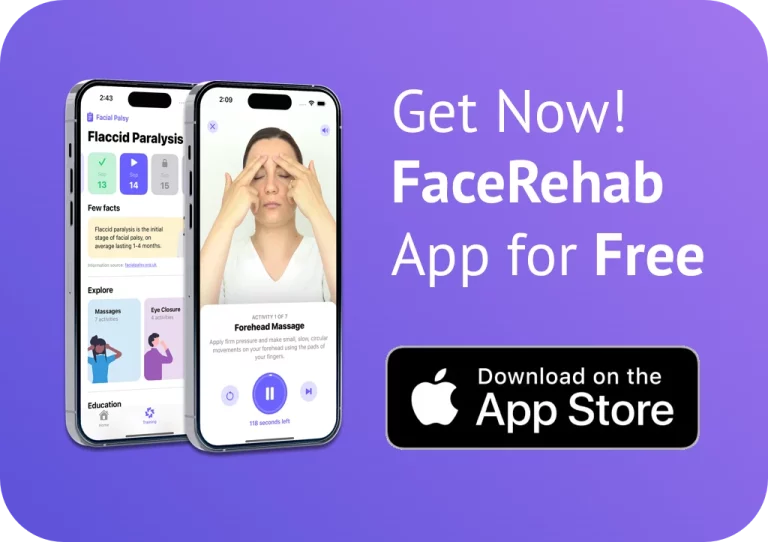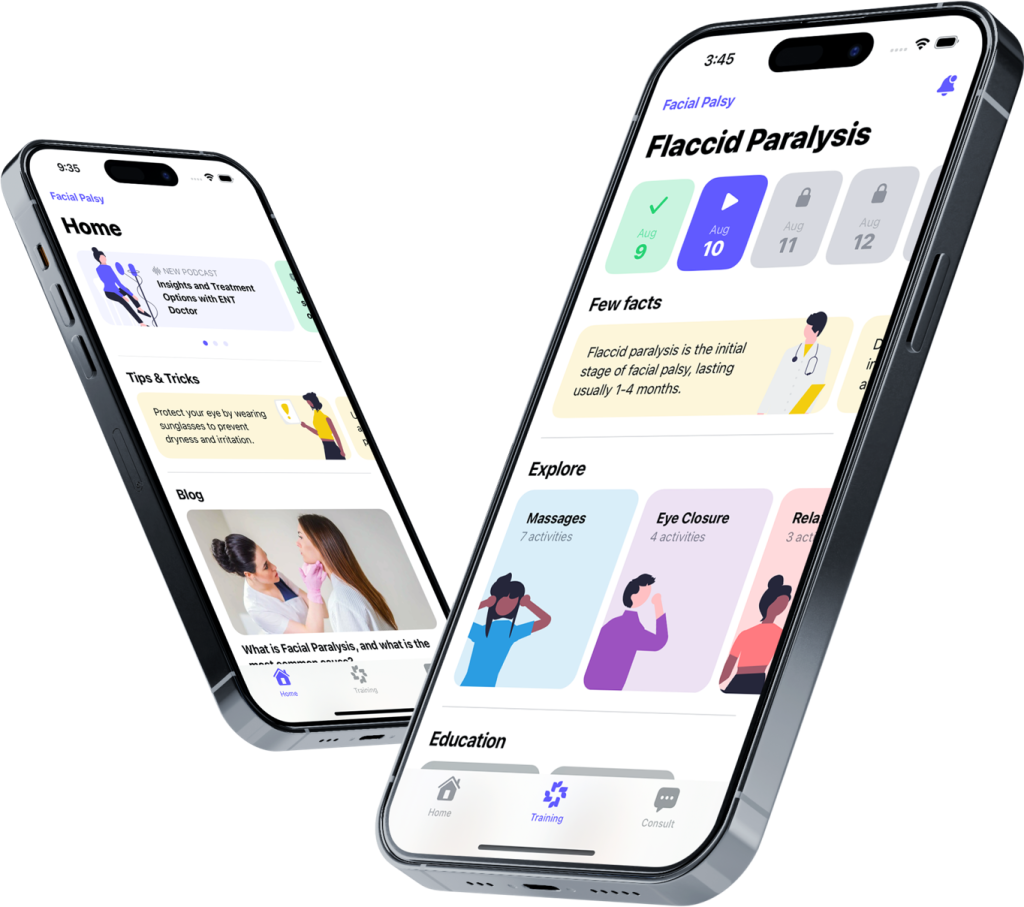Navigating the delicate terrain of facial palsy’s flaccid stage requires more than just knowing what to do; it’s equally crucial to be aware of what to avoid. Insights from an expert at Facial Therapy Specialists International (FTSI) offer invaluable recommendations to prevent complications and ensure an optimal recovery journey.
The ‘No-Go’ Zone: What to Avoid
During the flaccid stage, refraining from forceful facial movements or engaging in extensive facial exercises is crucial. Misguided advice or internet suggestions might lead individuals to believe certain exercises or alternative treatments aided in their recovery when, in reality, the natural healing process of the nerve would have been the primary factor.
The Risks of Over-Activity
Individuals following misguided advice might end up causing more harm than good. Forceful exercises or interventions like acupuncture or unverified medications can inadvertently lead to increased facial tightness, heightened overactivity, and even a surge in synkinesis, complicating the recovery process.
Rest and Relaxation: The True Remedies
Resting and allowing the nerve to recover naturally during this stage is crucial. Instead of forceful activities, focusing on eye care, using cheek taping techniques, managing dry mouth, and practicing relaxation methods can significantly aid in overall well-being and recovery.
The Red Flags: Electrical Stimulation
Another aspect to avoid is the use of electrical stimulation. While evidence on its efficacy remains inconclusive, anecdotal experiences and reviews suggest that it might exacerbate symptoms, leading to increased facial tightness and potentially worsening synkinesis.
Conclusion
Understanding what to avoid during the flaccid stage is as crucial as knowing what steps to take. By steering clear of forceful movements, avoiding misleading interventions, and bypassing unverified methods like electrical stimulation, individuals can better support their facial palsy recovery without inadvertently hindering progress.
For further guidance and support, individuals can access resources like the Bell’s Palsy & Facial Paralysis by FaceRehab support group on Facebook or the FaceRehab Therapies World mobile application. These platforms use a questionnaire to assess the facial palsy stage and provide an approved rehabilitation plan by FTSI. Moreover, specialized professionals are available on the platform for expert consultations.
Source: Catriona Neville, Chair of Facial Therapy Specialists International (FTSI) & Facial Palsy Road To Recovery Podcast








